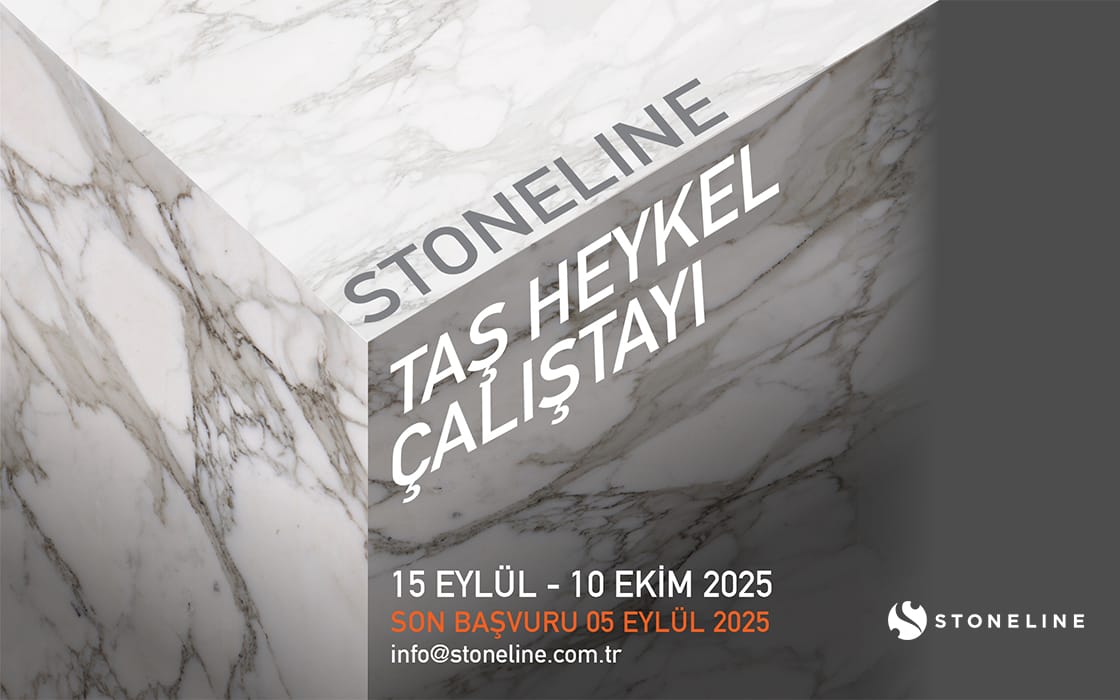
Stoneline invites students from the Sculpture Departments of Mimar Sinan University and Marmara University’s Faculties of Fine Arts to explore the art of stone sculpture in depth.
The Stoneline Stone Sculpture Workshop 2025 offers participants not only technical knowledge but also a unique space to understand the spirit of the material and transform it into an artistic language.
From Technical Skill to Artistic Expression
This special workshop helps young artists develop their technical abilities while providing a creative environment where they can freely express their unique vision. Guided by master sculptors, the process will enable students to grow both in knowledge and in artistic expression.
A Gateway to the Art World
The works produced during the workshop will be permanently exhibited at the Stoneline Istanbul Showroom. This exhibition will give young artists the opportunity to present their creations to a wider audience of art enthusiasts, gaining visibility and recognition. Thus, the workshop will serve not only as a learning experience but also as an important step into the professional art world.
For event details, the terms and conditions, and the application form, click the link below:
https://stoneline.com.tr/tr/stoneline-tas-heykel-calistayi-2025/
 Stoneline
Stoneline












